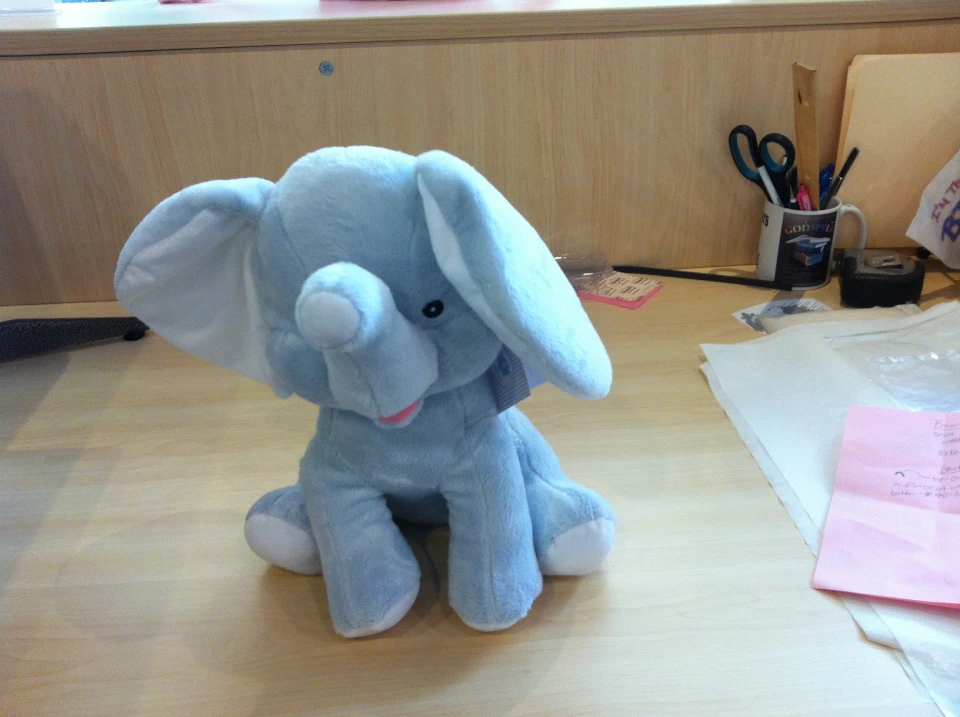Individualized Mugs with Custom-made Embroidery Styles for a Special Gift
The Art of Custom Embroidery: Opening the Secrets to Creating Distinct and Unforgettable Layouts
The secrets to creating custom-made needlework styles that mesmerize the eye and leave an enduring perception lie in a delicate equilibrium of technique, creative thinking, and interest to information. As we dive right into the globe of custom-made embroidery, we discover the nuanced interaction in between string choice, sew intricacy, and design customization that raises a mere garment to a work of art.
Selecting the Right Embroidery Threads
When picking embroidery strings, what vital elements should you take into consideration to guarantee the most effective results for your custom-made layouts? The choice of embroidery string is essential in establishing the final result of your stitched design. One of the key considerations is the material of the string. Various materials such as cotton, polyester, rayon, and silk supply differing levels of shine, resilience, and appearance. It is important to pick a thread material that enhances the fabric you are embroidering on and straightens with the wanted appearance of the design.
Furthermore, the weight or thickness of the thread plays a significant role in the appearance of the embroidery. Thicker threads can add dimension and texture to your layout, while finer strings are suitable for detailed information and little text. Furthermore, thinking about the color fastness and washability of the thread is crucial to ensure that your custom designs keep their top quality and vibrancy gradually. By very carefully examining these aspects and choosing premium threads that meet your specific needs, you can boost the aesthetic charm and longevity of your stitched productions.
Exploring Various Stitch Methods
To dig into the world of 'Discovering Different Stitch Strategies', one have to comprehend the complexities and nuances that each sewing technique brings to the art of needlework. Different stitch strategies not just add aesthetic rate of interest but also add to the total structure and measurement of the layout. One popular stitch strategy is the satin stitch, which involves very closely jam-packed parallel stitches to create a smooth and glossy surface area, suitable for loading in shapes and developing vibrant describes.
On the other hand, the backstitch is a flexible method usually made use of for outlining and adding fine details. It includes sewing in reverse to create a strong line of needlework. Additionally, the French knot stitch includes a tactile aspect to designs, ideal for developing textured accents like blossom centers or ornamental touches.
Discovering various stitch techniques allows embroiderers to play with light, shadow, and deepness within their layouts, boosting the aesthetic appeal and artistic Continued high quality of their needlework jobs. By understanding numerous sewing approaches, one can open endless possibilities for creating distinct and unforgettable custom-made needlework items.
Incorporating Personalized Layout Components
Having actually explored the complexities of different stitch methods such as the satin stitch, backstitch, and French knot, the focus now moves towards integrating individualized style aspects in custom-made needlework jobs. Individualized design elements play a critical role in making embroidery projects really special and remarkable. One method to integrate customization is by including initials, names, or substantial days to the layout. This not just includes a tailored touch but also enhances the emotional value of the embroidery item.
An additional method to incorporate individualized style elements is by consisting of symbols or concepts that hold special definition to the recipient or show their passions and character. Including a preferred blossom, animal, or hobby-related icon can make the embroidery design a lot more significant and tailored. Furthermore, picking shades that reverberate with the recipient or line up with the desired theme can additionally boost the personalization of the needlework project.
Understanding the Art of Color Sychronisation
One secret aspect of shade coordination is recognizing color concept. This includes recognizing exactly how different colors interact with each various other, the emotions they share, and how they can be incorporated to create aesthetically appealing layouts. By applying shade theory concepts, embroiderers can develop unified shade combinations that improve the general look of the design.
Furthermore, taking note of contrast is essential in shade sychronisation. Utilizing contrasting colors can aid certain elements of the style pop, boost legibility, and create a visually vibrant needlework item. By mastering the art of color sychronisation, embroiderers can boost their layouts and create memorable pieces that reverberate with customers and visitors alike.
Enhancing Texture With Advanced Embroidery Stitches

Bullion knots, on the other hand, can be made use of to develop twisted, ropelike components that include a lavish feeling to the needlework. Trying out with these innovative needlework stitches permits you to press the limits of standard needlework and develop genuinely special and aesthetically attractive structures in your styles.
Final Thought
In final thought, the art of customized embroidery includes a combination of choosing the right threads, checking out different stitch techniques, incorporating customized design elements, mastering shade control, and improving texture with advanced stitches. By recognizing and applying these crucial aspects, embroiderers can create one-of-a-kind and unforgettable designs that display their creative thinking and ability. Needlework enthusiasts can open the tricks to producing stunning and bespoke pieces that attract attention and leave a long-term perception.